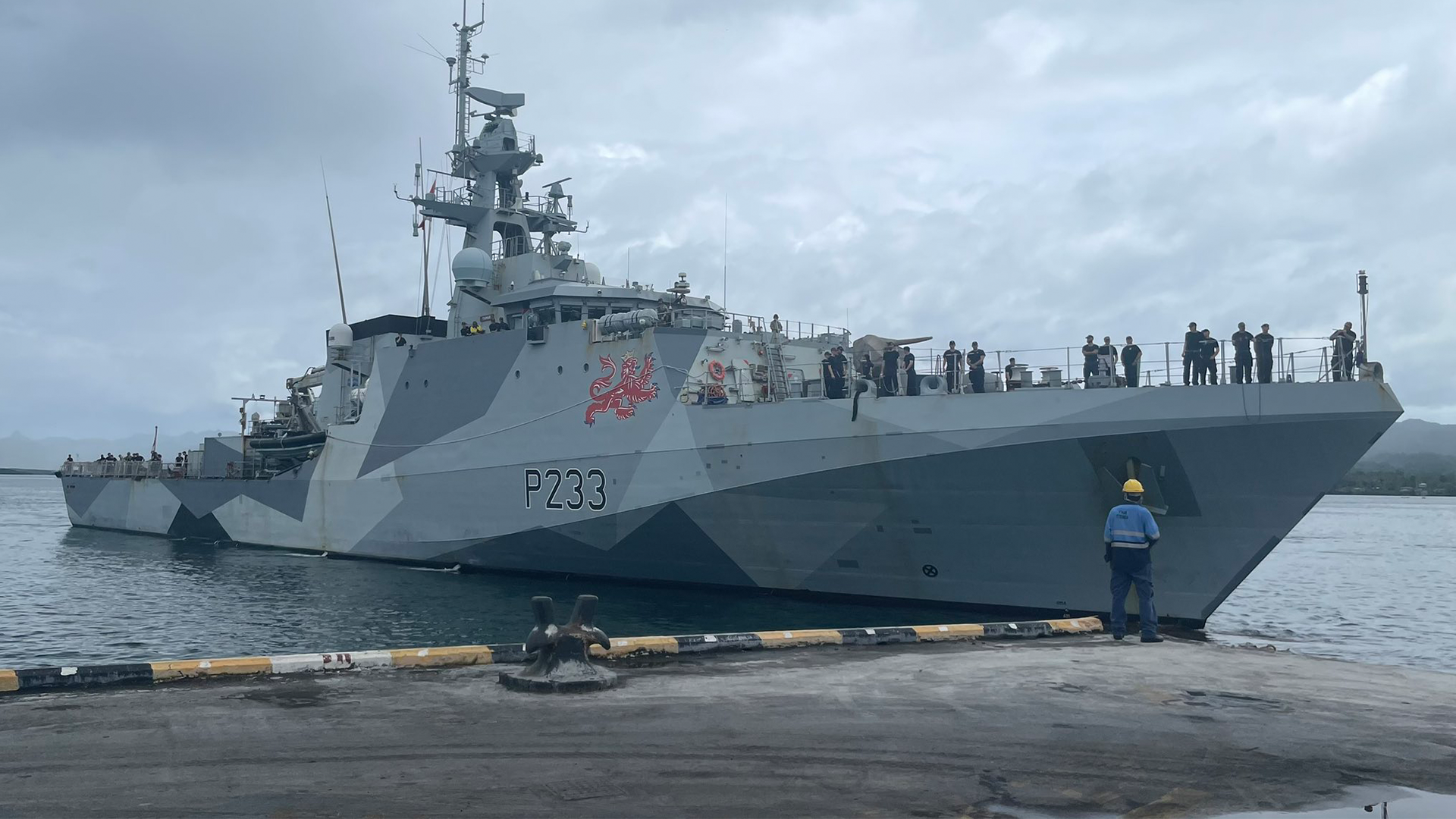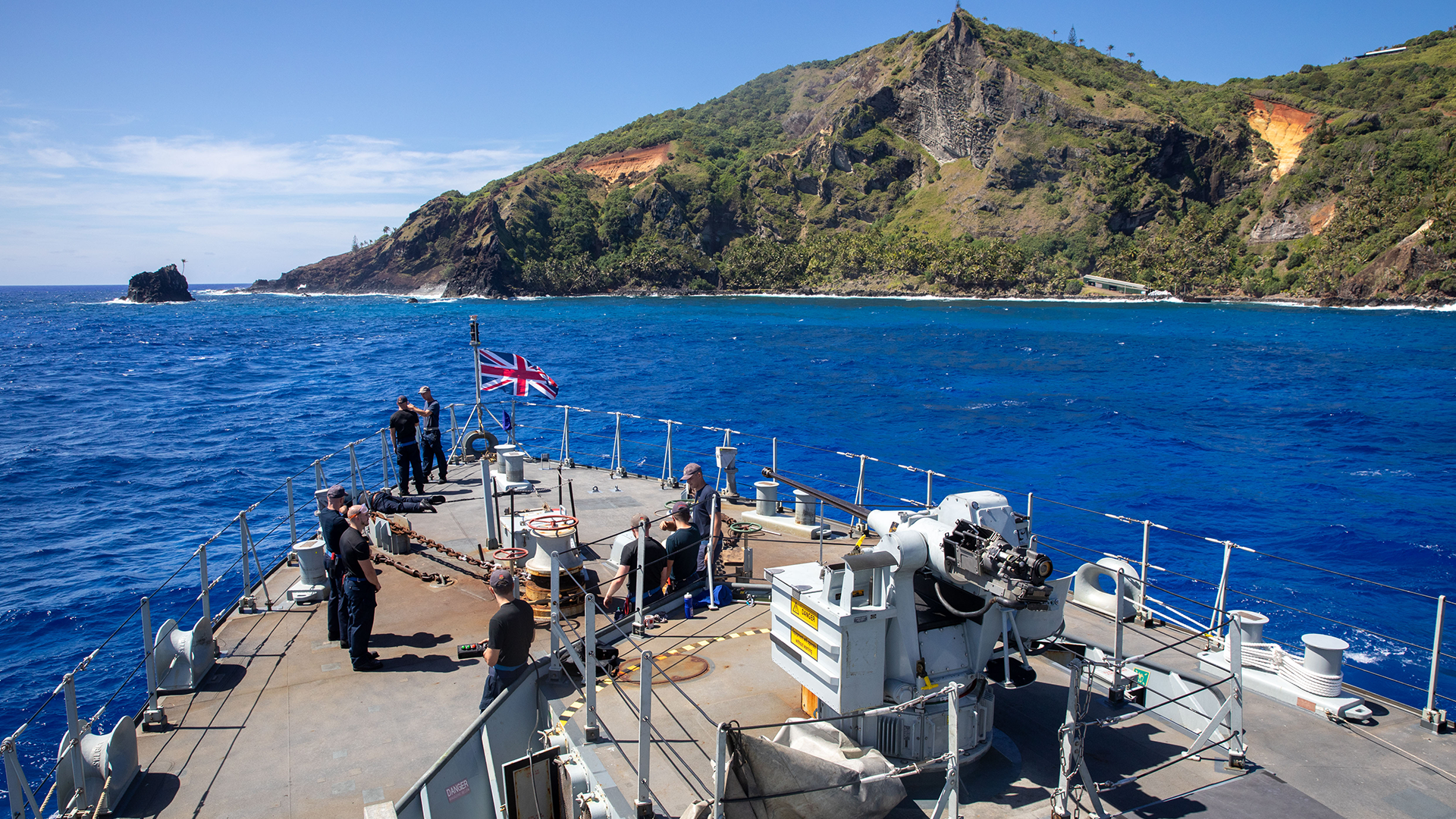
HMS Tamar combats illegal fishing and drug trade in latest mission in Fijian waters

HMS Tamar is currently in Fiji where she has bee helping the local government curb illegal fishing and drug-smuggling.
The River-class patrol vessel is working with the Fijian Ministry of Fisheries, the Republic of Fiji Navy Ship Riders and the Royal New Zealand Navy.
Illegal fishing has significant consequences for Fiji's economy because fishing comprises a substantial portion of the country's exports.
This illicit activity not only results in financial losses, but also disrupts the delicate ecological balance of the South Pacific region.
Portsmouth-based HMS Tamar was in Hairaki Gulf on New Zealand's North Island where she forged closer ties with the Royal New Zealand Navy's deployable boarding team.
The training proved to be useful as the crew of HMS Tamar were able to board suspicious vessels along with their New Zealand counterparts.
In the spirit of cooperation, the Offshore Patrol Vessel hosted a special evening for guests of the British High Commission on her deck.

HMS Tamar has had a busy time this year, having visited Pitcairn Island, renowned as the historic refuge of the mutineers from HMS Bounty, in February.
Specialists from HMS Tamar neutralised explosives that had been left dormant on Pitcairn for nearly half a century by carrying out a series of controlled explosions.
During the mission over 1,100 detonators and three kilometres of detonating cord, remnants of the island's 1970s harbour construction, were discovered.
A controlled explosion in a sheltered bay was necessary for their disposal.









